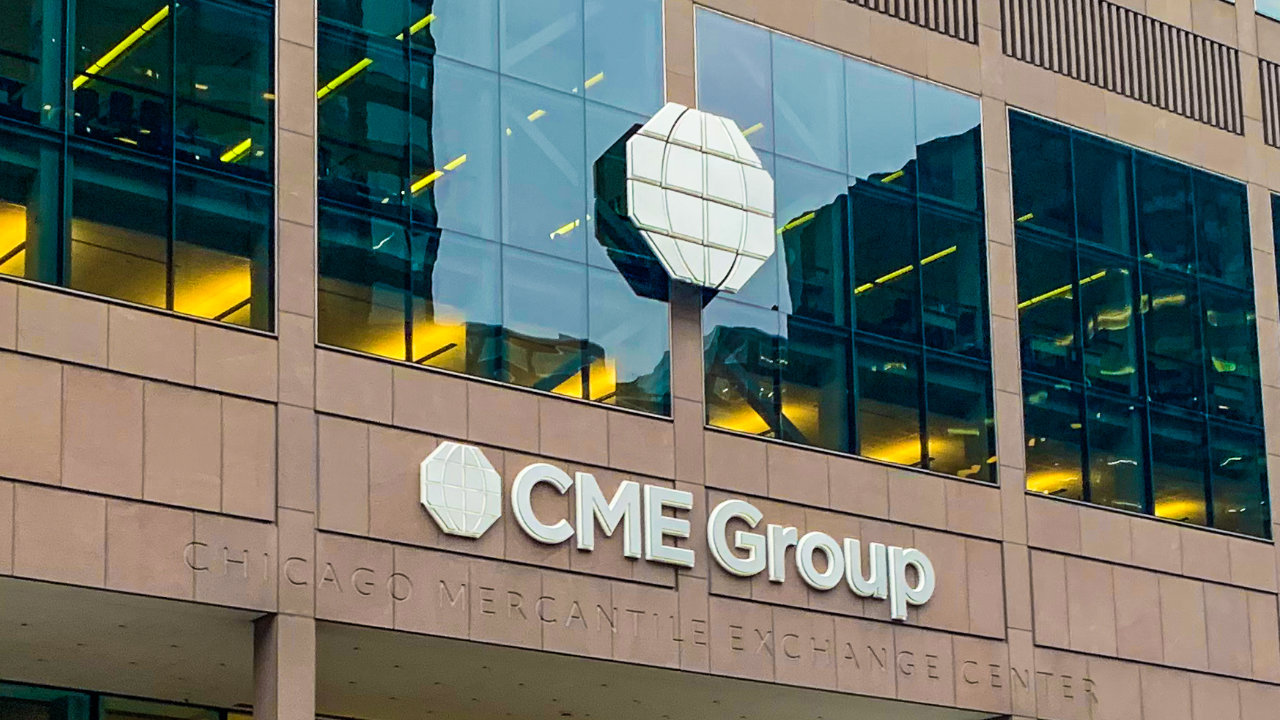
The Treasury admits there’s not much crypto-aided sanctions evasion going on, stablecoins attract regulatory attention, and a fourth futures-based BTC ETF secures approval.
Last week, there was a lot of regulatory talk about crypto-related risks. While this is very common in itself, some angles and proposed solutions to such risks came across as novel. In the United States, the Federal Deposit Insurance Corporation (FDIC) issued a letter to commercial and savings banks under its purview, or all federally chartered banks, asking financial institutions to notify the FDIC about all ongoing and planned crypto-related activities. Apparently, standardized guidance for all banks would not fit the bill since the risks seem to be unique in each case.
In Singapore, the local monetary authority became concerned about the “reputational risks” that virtual asset service providers that have originated in the city-state but operate overseas can pose. The proposed solution is bringing such firms under the Singaporean licensing regime that, until now, applied only to firms with domestic operations.
Finally, the U.S. Securities and Exchange Commission (SEC) Chair Gary Gensler — one of the most vigilant guardians of the nation’s investor folk – spoke about how retail crypto investors must be protected. Embedded within the usual talking points that were previously unheard of calls for the SEC staff to explore ways of regulating platforms that facilitate the trading of both securities and non-securities, including closer coordination with the Commodity Futures Trading Commission (CFTC). At the same time, other crypto-related fears have begun to dissipate, best exemplified by the “Russia sanctions evasion” narrative taking a major hit.
Crypto for real people
U.S. Treasury Secretary Janet Yellen testified before the House Financial Services Committee last week and fielded numerous questions about the relationship between digital assets and national security, including several on the potential threats that crypto could pose to the robustness of the international financial sanctions regime. Yellen reassured representatives that using blockchains to circumvent sanctions is difficult and that her agency hasn’t seen any significant crypto-aided sanctions evasion in practice. It is fair to say that regular Russians, rather than the wealthy corrupt elites, rely on digital assets as they flee the country or get stranded abroad, as evidenced by their firsthand accounts. According to the government’s latest estimate, Russian citizens could be holding as much as $130 billion in cryptocurrency.
Stablecoins in crosshairs
Emerging regulatory frameworks around stablecoins continue to be one of the hottest areas of crypto policy. Speaking at another event last week, Secretary Yellen said that the Treasury was hard at work helping Congress draft legislation that would ensure the stablecoin sector’s risk resilience. Another related piece of legislation dropped on April 7, introduced by Senator Pat Toomey called the Stablecoin Transparency of Reserves and Uniform Safe Transactions (TRUST) Act. To Toomey, the main risk associated with stablecoins is that such assets could be categorized as securities. Thus, the bill proposes that convertible “payment stablecoins” should be exempt from securities regulations. Stablecoin offerings used as a means of payment are also the major focus of the United Kingdom regulators, where Her Majesty’s Treasury announced plans to amend the legislation around payments accordingly. This is just one of the assortment of measures that the U.K.’s financial authorities announced against a background of crypto-bullish rhetoric from Economic Secretary of the Treasury John Glen and Chancellor of the Exchequer Rishi Sunak.
More futures before spot
Days after rejecting yet another application of a Bitcoin (BTC) spot exchange-traded fund (ETF), the U.S. Securities and Exchange Commission greenlighted the fourth futures-based BTC ETF. Teucrium Bitcoin Futures Fund has joined the ranks of similar offerings by ProShares, Valkyrie and VanEck. Inevitably, the development has triggered a new round of the conversation on whether a spot-based Bitcoin product is on the way. Bloomberg ETF analyst Eric Balchunas opined that the approval is a “good sign” for a prospective spot BTC offering. Meanwhile, Grayscale CEO Michael Sonnenshein, whose company is working on converting its GBTC fund into a BTC spot ETF, has found language in the text of the SEC’s Teucrium approval that strengthens the case for a spot approval. Meanwhile, ProShares, the firm behind the first regulated Bitcoin futures ETF, filed a registration statement for an exchange-traded product that will allow investors to short Bitcoin futures contracts.
























